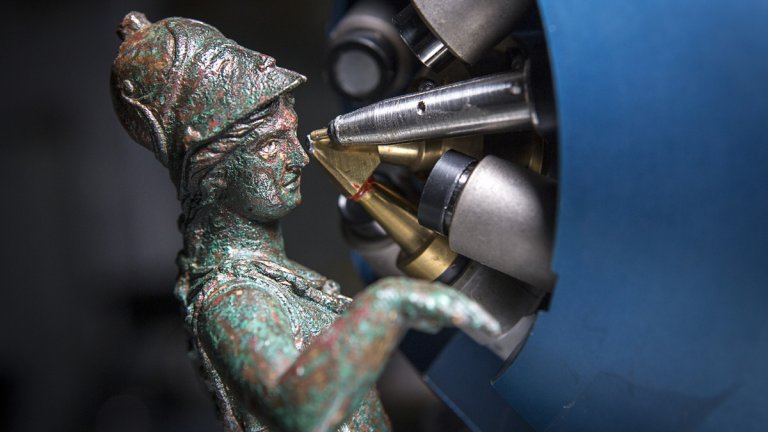
36 media
Add to my selection
Photo
20170130_0033
Ornement de lit du trésor des bronzes de Bavay analysé à l'aide du système AGLAÉ
The beamline air-extracted from Equipex New AGLAE and its detection system in the 2017 configuration, which has since undergone further improvements.

Our work is guided by the way scientists question the world around them and we translate their research into images to help people to understand the world better and to awaken their curiosity and wonderment.